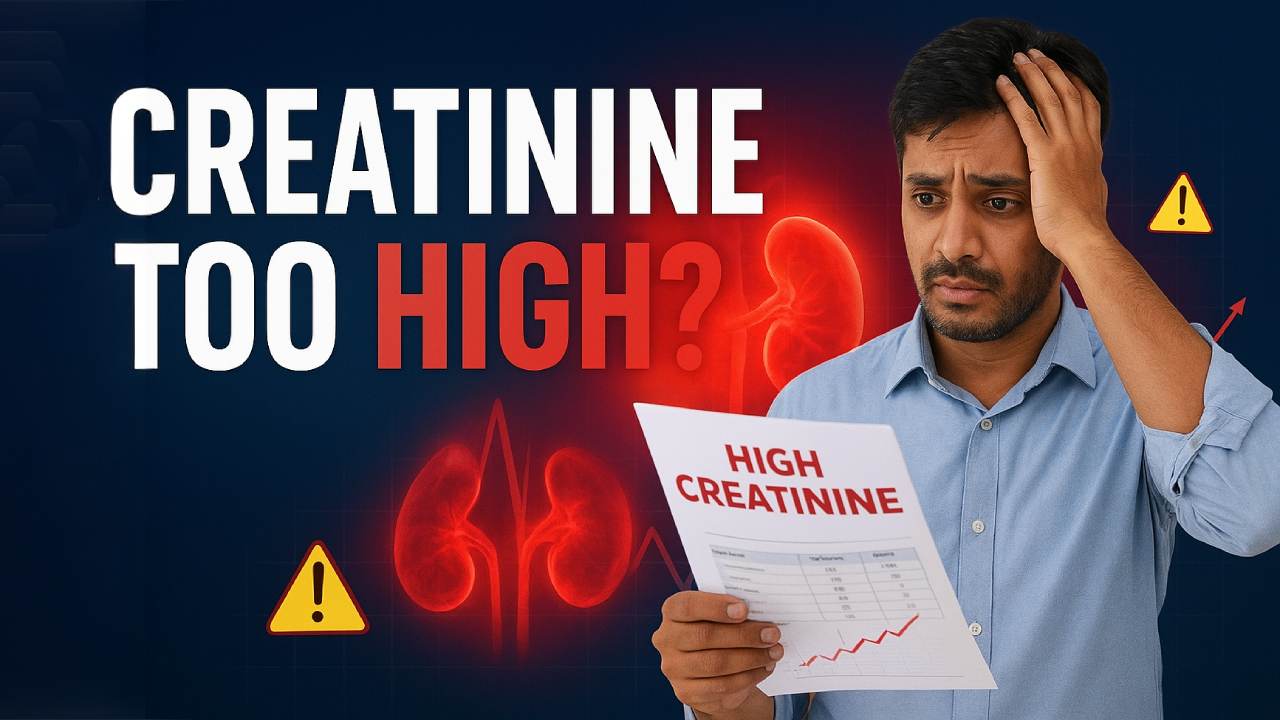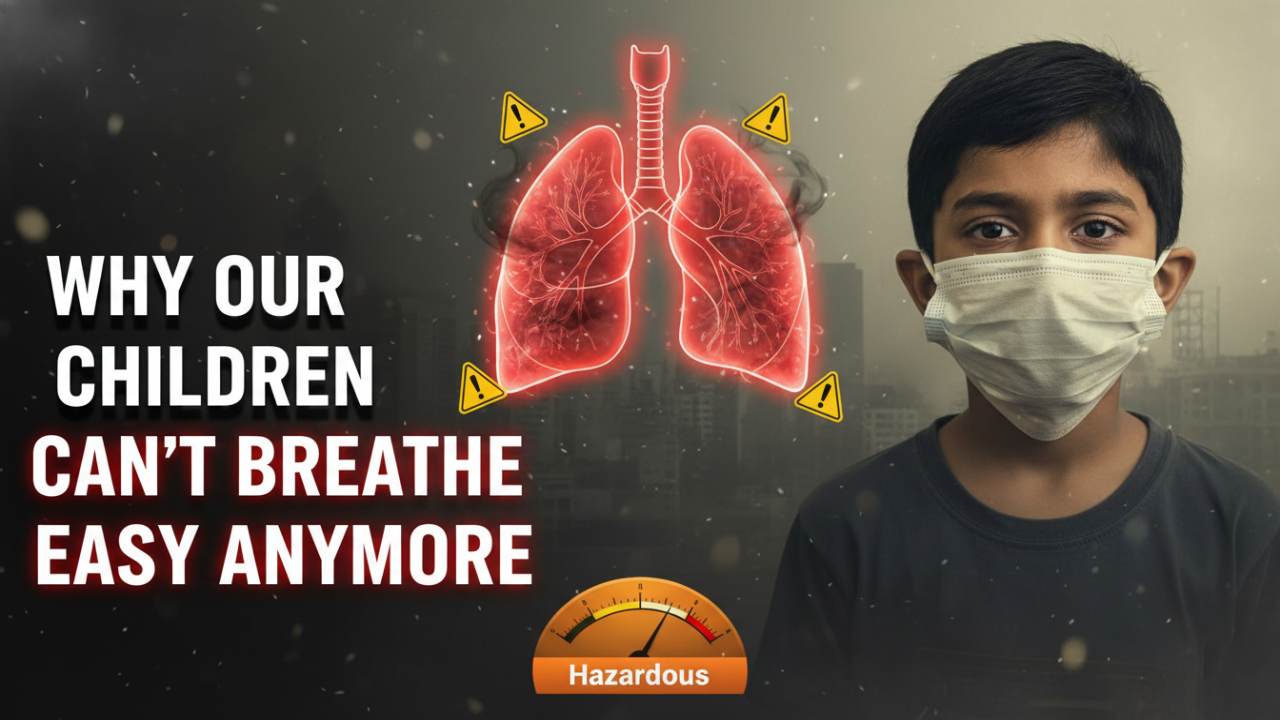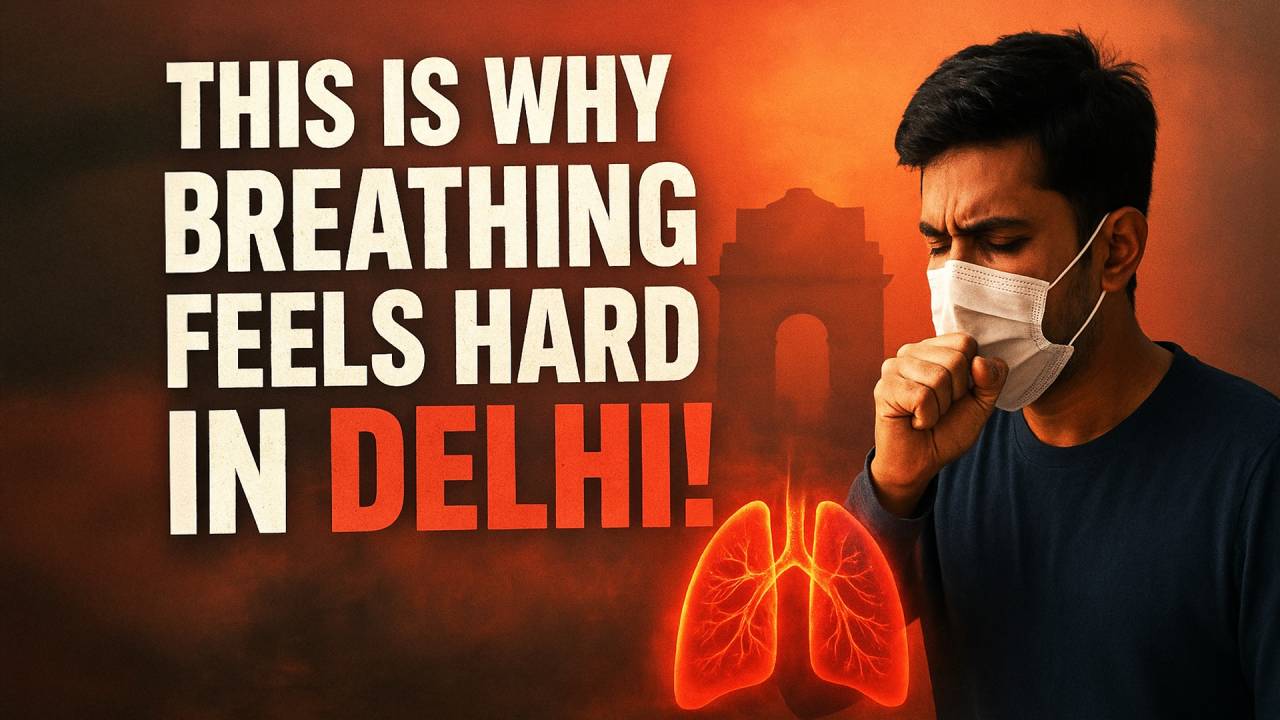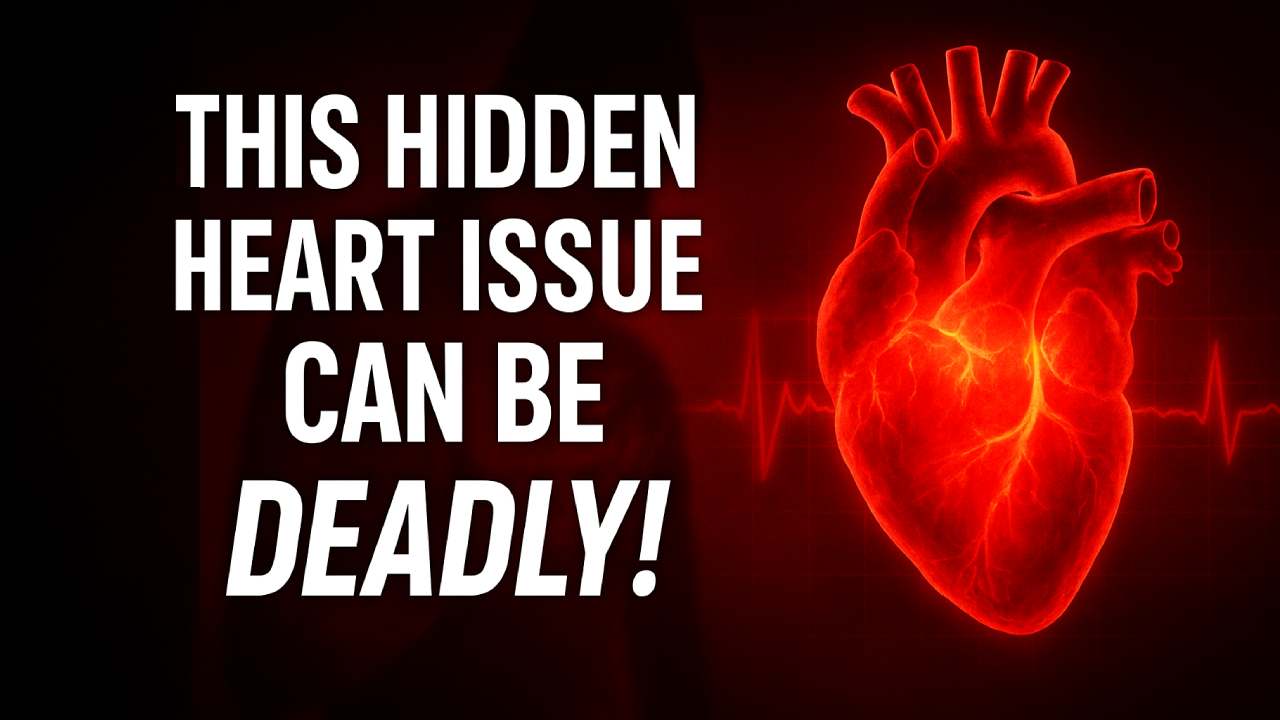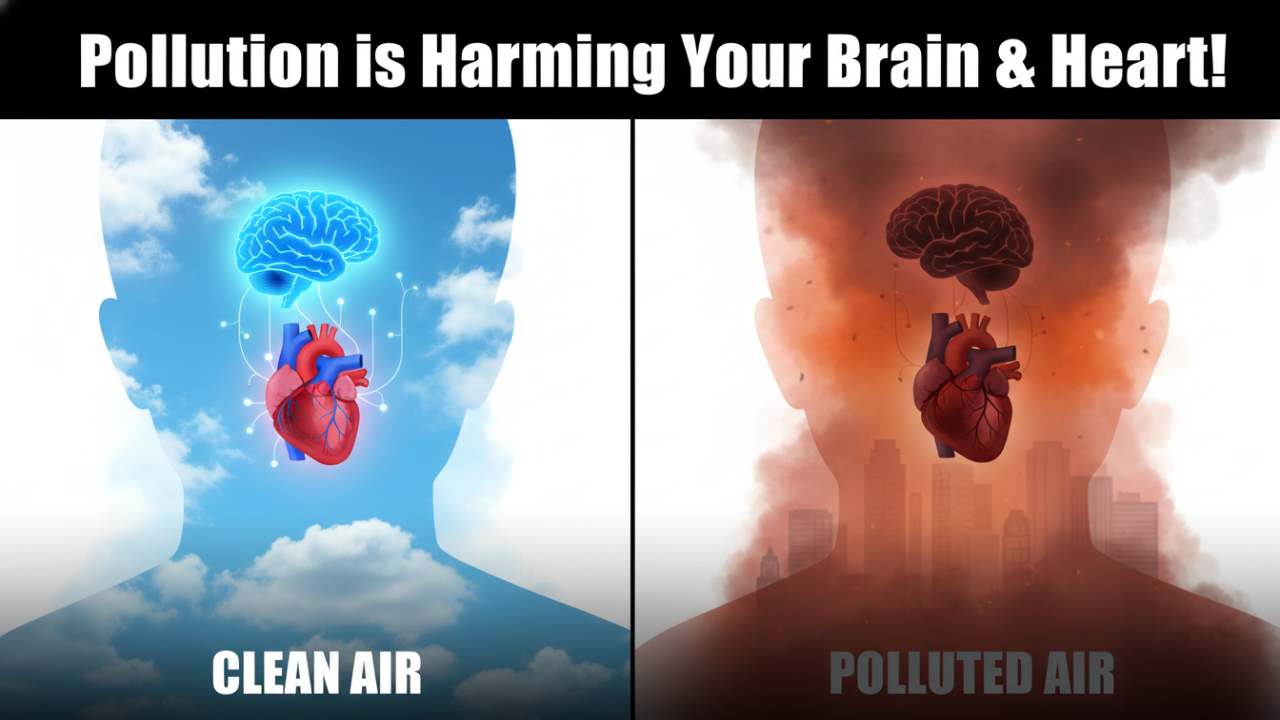Unlocking Relief: How to Relieve Chest Tightness and Shortness of Breath
Verified By Dr. Ritisha Bhatt | 14-Feb-2025
Chest tightness and shortness of breath are symptoms affecting millions of Indians, with studies indicating that respiratory diseases contribute to 10.9% of all deaths in India, largely driven by pollution, smoking, and chronic conditions like COPD and asthma. These symptoms can stem from diverse causes, including anxiety, infections, or cardiac issues, and require targeted strategies for relief. Drawing insights from Dr. Ritisha Bhatt, Consultant Respiratory Medicine at Kailash Hospital, Dehradun, this article explores evidence-based solutions tailored to India’s unique health landscape.
India faces a dual challenge of rising air pollution and lifestyle-related respiratory diseases. According to the 2019 Global Burden of Disease Study, India accounts for 18% of global COPD deaths, with over 55 million cases reported annually. Additionally, 30% of urban Indians suffer from pollution-induced respiratory symptoms, as highlighted by the Indian Council of Medical Research (ICMR). These statistics underscore the urgency of addressing chest tightness and breathlessness through prevention and timely care.
For those searching for "chest specialist Dehradun" or "chest specialist hospital near me," understanding how to relieve chest tightness and shortness of breath is the first step toward effective management. At Kailash Hospital, Dehradun, a multidisciplinary team led by
Dr. Ritisha Bhatt is dedicated to providing comprehensive care for patients experiencing these symptoms.
Dr. Ritisha Bhatt states, “Chest tightness and shortness of breath can be caused by a range of conditions. While many cases are manageable with lifestyle changes and home remedies, it is important to understand when professional intervention is needed.” This article delves into various strategies—from home remedies and lifestyle modifications to medical treatments—that can help relieve these symptoms and improve overall respiratory health.
Understanding the Causes
1. Respiratory Conditions
Respiratory issues such as asthma, bronchitis, or chronic obstructive pulmonary disease (COPD) are among the primary causes of chest tightness and shortness of breath. In these conditions, the airways become inflamed or narrowed, reducing the efficiency of air exchange in the lungs.
- Asthma: Characterized by inflammation and constriction of the airways, asthma often causes episodes of chest tightness, wheezing, and shortness of breath.
- Bronchitis: Both acute and chronic bronchitis lead to inflammation of the bronchial tubes, resulting in cough, mucus production, and breathing difficulties.
2. Cardiovascular Issues
Heart-related problems, including angina and heart failure, can manifest as chest tightness and shortness of breath. In these cases, the heart struggles to pump blood effectively, leading to reduced oxygen supply to the body.
- Angina: This condition is marked by chest pain or discomfort due to insufficient blood flow to the heart muscle.
- Heart Failure: When the heart is unable to pump blood adequately, fluid may build up in the lungs, leading to a sensation of tightness and difficulty breathing.
3. Anxiety and Stress
Emotional stress and anxiety can trigger physical symptoms, including chest tightness and shortness of breath. In many cases, this is due to hyperventilation—a rapid, shallow breathing pattern that disrupts the balance of oxygen and carbon dioxide in the body.
- Panic Attacks: During severe anxiety or panic attacks, individuals may experience a sudden onset of chest tightness, accompanied by rapid heart rate and shortness of breath.
4. Other Contributing Factors
Other factors that can cause these symptoms include:
- Gastroesophageal Reflux Disease (GERD): Acid reflux can irritate the esophagus and cause a burning sensation in the chest.
- Physical Inactivity: A sedentary lifestyle can weaken respiratory and cardiovascular systems, making it harder to breathe during physical activity.
- Obesity: Excess body weight puts additional strain on the heart and lungs, potentially leading to both chest tightness and shortness of breath.
Dr. Bhatt remarks, “Understanding the root cause is essential. Many times, these symptoms are interconnected, and addressing one factor can significantly improve overall well-being.”
How to Relieve Chest Tightness and Shortness of Breath
Relieving chest tightness and shortness of breath involves a combination of immediate remedies and long-term lifestyle adjustments. Here are several strategies that can help manage and alleviate these symptoms.
Immediate Relief Strategies
1. Deep Breathing Exercises:
Practice slow, deep breaths to calm the nervous system and improve oxygen intake. Techniques such as diaphragmatic breathing can be especially effective.
- Tip: Inhale slowly through your nose, hold for a few seconds, and exhale gently through your mouth. Take a moment to repeat this several times until you feel more at ease.
2. Rest and Relaxation:
If you experience sudden chest tightness or difficulty breathing, sit or lie down in a comfortable position. Resting allows your body to stabilize, and it reduces the strain on your heart and lungs.
3. Use of a Humidifier:
Adding moisture to the air can help ease breathing difficulties, particularly if dry air is contributing to your symptoms.
- Tip: Place a humidifier in the room where you sleep to maintain an optimal humidity level.
4. Positioning:
Elevating the head of your bed or sitting with your back straight and shoulders relaxed can help open up your airways, making it easier to breathe.
- Tip: Avoid lying flat on your back if you experience chest tightness; instead, prop yourself up with pillows.
Dr. Bhatt advises, “For immediate relief, deep breathing and proper positioning can be very effective. These simple techniques help reduce the strain on your respiratory system and promote better oxygen flow.”
Also read this: Understanding Chest Pain While Running: Causes, Risks, and Prevention
Long-Term Management and Preventive Measures
Lifestyle Modifications
1. Regular Exercise:
Engaging in regular physical activity strengthens the heart and improves lung capacity, which can reduce episodes of chest tightness and shortness of breath.
- Recommendation: Aim for at least 30 minutes of moderate exercise daily. Activities like walking, cycling, and yoga are excellent choices for cardiovascular health.
2. Healthy Diet:
A balanced diet rich in fruits, vegetables, lean proteins, and whole grains supports overall cardiovascular and respiratory health.
- Focus: Incorporate foods that reduce inflammation and support heart health. Steer clear of processed foods, too much salt, and unhealthy fats.
3. Weight Management:
Maintaining a healthy weight can lessen the burden on your heart and lungs, reducing the risk of developing symptoms.
- Strategy: Combine regular physical activity with a balanced diet to achieve and sustain an optimal weight.
4. Stress Management:
Chronic stress can worsen chest tightness and lead to episodes of shortness of breath. Techniques such as meditation, yoga, and mindfulness can help manage stress effectively.
- Tip: Consider incorporating stress-relief practices into your daily routine to foster better overall health.
5. Avoiding Stimulants:
Reduce or eliminate stimulants like caffeine and nicotine, which can exacerbate heart palpitations and contribute to chest tightness.
Medical Management and Regular Check-Ups
While lifestyle changes are fundamental, some individuals may require additional medical support to manage their symptoms effectively.
1. Regular Health Monitoring:
Keeping track of your blood pressure, heart rate, and respiratory function through regular check-ups can help catch potential issues early.
- Advice from Dr. Bhatt: “If you often feel chest tightness or have trouble breathing, it's important to see a cardiologist. Regular monitoring can help prevent serious complications.”
2. Professional Medical Interventions:
If lifestyle modifications are insufficient, your doctor may recommend further interventions. These might include:
- Medications: To manage underlying conditions such as asthma, GERD, or cardiovascular issues.
- Therapies: Such as pulmonary rehabilitation or cardiac rehabilitation programs.
- Surgical Interventions: In severe cases, procedures may be needed to correct structural problems in the heart or lungs.
Dr. Bhatt states, “Collaborating closely with your healthcare provider is essential to create a thorough plan that tackles both your immediate symptoms and your long-term health needs. Tailored treatments based on individual needs are key to managing these conditions effectively.”
Also read this: Understanding Chest Heaviness after Eating: Causes, Symptoms, and Solutions
The Importance of Awareness and Prevention
Understanding the connection between sleep and heart attack, managing stress effectively, and adopting a heart-healthy lifestyle are crucial components of preventing cardiovascular emergencies. Although the focus of this article is on relieving chest tightness and shortness of breath, the broader implications for overall cardiovascular health cannot be overstated.
Key preventive measures include:
- Regular Medical Check-Ups: Early detection of issues such as sleep apnea or hypertension can help manage symptoms before they become severe.
- Healthy Living: A balanced diet, regular exercise, and weight management significantly reduce the risk of heart and lung conditions.
- Stress Reduction: Effective stress management techniques improve overall well-being and reduce the frequency of symptoms.
Conclusion
Chest tightness and shortness of breath are not conditions to be taken lightly. They can indicate underlying health issues that require attention, and addressing them early can significantly improve quality of life. Through a combination of lifestyle modifications, proper medical care, and proactive prevention, many individuals can manage their symptoms effectively.
Dr. Ritisha Bhatt at Kailash Hospital, Dehradun underscores, “Understanding your symptoms and taking a proactive approach to your health can make all the difference. If you experience persistent chest tightness or shortness of breath, do not hesitate to seek professional help. Early intervention is vital for a healthier future.”
For those seeking expert care and guidance on how to relieve chest tightness and shortness of breath, Kailash Hospital, Dehradun, and its dedicated team of specialists are ready to assist. Prioritize your heart and lung health, and embrace a proactive approach to your well-being today.



 +91-9711918451
+91-9711918451
 international.marketing@kailashhealthcare.com
international.marketing@kailashhealthcare.com

